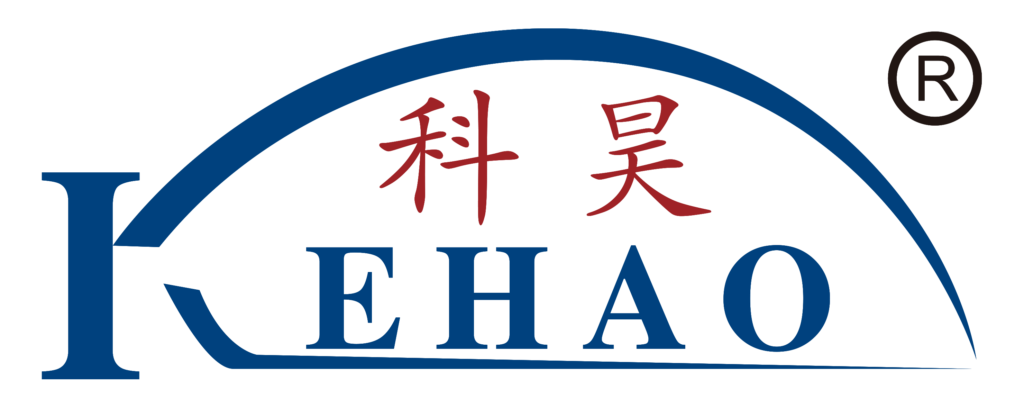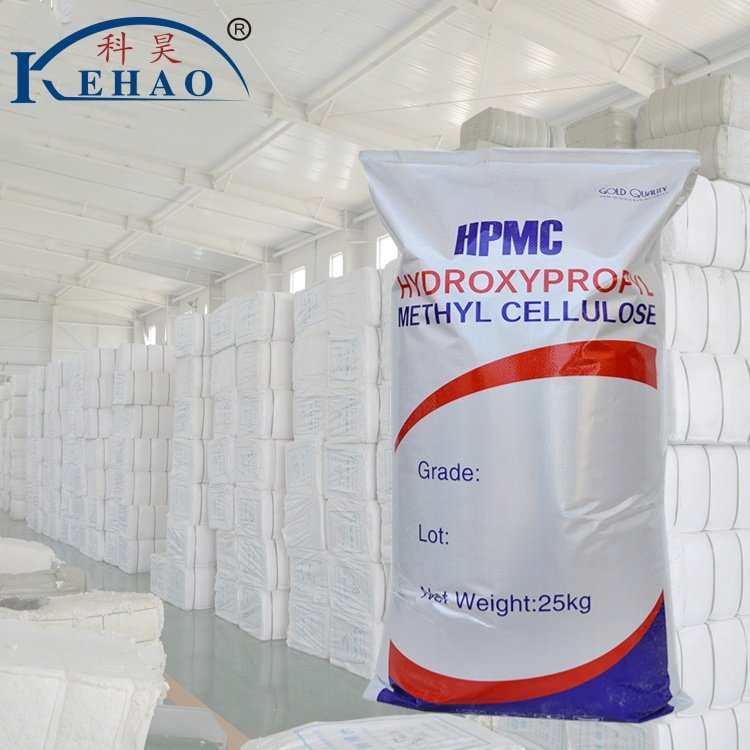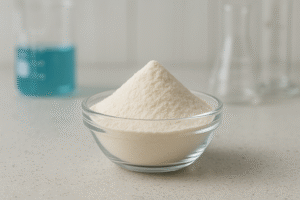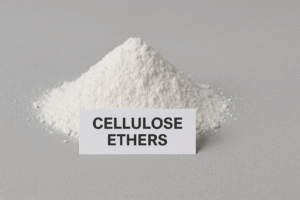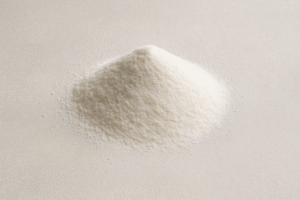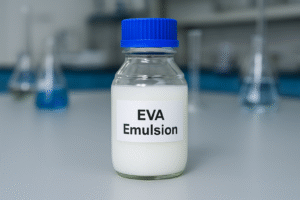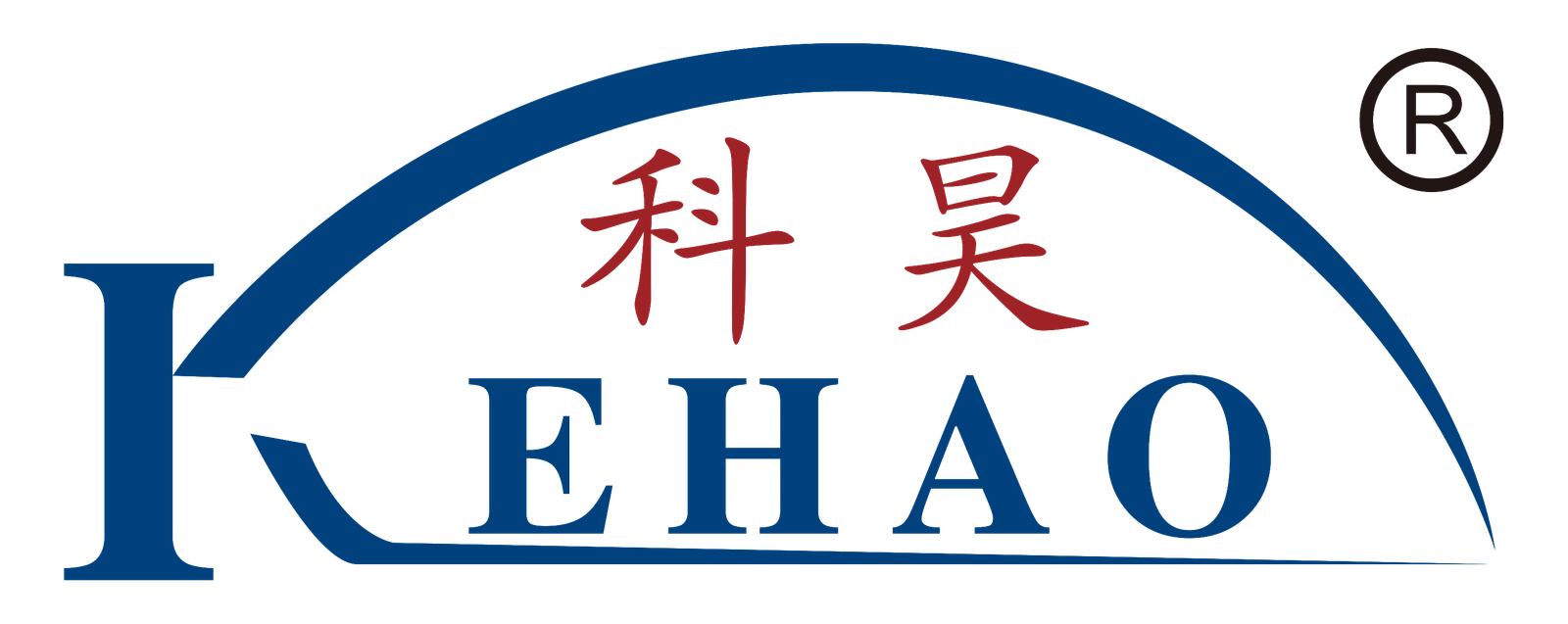Hydroxypropyl Methyl Cellulose (HPMC) is a versatile nonionic polymer derived from cellulose. Modified with hydroxypropyl and methyl groups, HPMC is water-soluble and has thickening, film-forming and stabilizing properties that make it useful in industries such as construction, pharmaceuticals and food production. It is biodegradable, non-toxic and stable at different pH levels, meeting its need as an environmentally friendly ingredient in sustainable applications.
Introduction to Hydroxypropyl Methylcellulose (HPMC)
Hydroxypropyl methyl cellulose (HPMC) is a semi-synthetic cellulose derivative with a wide range of industrial applications. HPMC is produced by etherification of cellulose with hydroxypropyl and methyl groups, combining the renewable nature of cellulose with chemical modification to enhance its solubility, stability and functionality. Its structure provides unique features such as water solubility at low and high temperatures and thermal gelation, where HPMC gels on heating and returns to liquid on cooling.
Chemical Composition and Key Properties of HPMC
- Chemical Structure: HPMC is made by replacing cellulose’s hydrogen atoms with hydroxypropyl and methyl groups, leading to a non-ionic, stable compound.
- Water Solubility: It dissolves easily in water, making it ideal for applications requiring stable dispersions or consistent texture.
- Thermal Gelation: HPMC’s gelation upon heating offers valuable control in pharmaceutical and construction uses.
- pH Stability: With stability across a wide pH range, HPMC performs well in diverse environments, from construction materials to drug formulations.
Applications of Hydroxypropyl Methylcellulose (HPMC)
Construction Industry

HPMC is widely used in cement, tile adhesives, mortar and other construction materials. Its thickening and water retention capacity improves workability and increases bond strength, thereby enhancing the life and quality of construction projects. Research in the International Journal of Civil Engineering has shown the effectiveness of HPMC in reducing cracking and shrinkage in concrete and cement applications ( Source: Kumar et al., 2019 ).
Pharmaceutical Industry

In pharmaceuticals, HPMC is a valuable excipient due to its role in controlled-release drug delivery. By forming a gel matrix, HPMC regulates the dissolution rate of active ingredients, enabling predictable drug absorption. The Pharmaceutical Research Journal highlights HPMC’s common use in extended-release formulations (Source: Lee et al., 2018).
Food Industry

HPMC’s emulsifying and stabilizing properties make it a preferred ingredient in food products like sauces, baked goods, and frozen desserts. In low-fat foods, HPMC can mimic the texture of fats, providing a more health-conscious option without compromising texture. The Journal of Food Science and Technology notes HPMC’s use in maintaining stability and texture in processed foods (Source: Wang et al., 2019).
Personal Care and Cosmetics

In personal care products, HPMC is a thickening and stabilizing agent, offering consistency and enhancing the texture of lotions, creams, and shampoos. Its film-forming ability also provides durability in products with high water content.
Benefits and Demand for HPMC
Hydroxypropyl Methylcellulose’s natural, biodegradable foundation and versatile properties make it an eco-friendly option. Industries are increasingly adopting HPMC to replace synthetic additives, particularly in the construction and pharmaceutical sectors, where sustainability and product performance are essential.
HPMC is a multi-functional, cellulose-derived polymer that meets the demands of modern industry for environmentally conscious, high-performance materials. Its applications continue to expand as industries strive to meet sustainability goals, making HPMC a valuable resource for innovative product solutions.
